Tag: monitoring

Creating a “Manageable Cockpit” for Clinicians
For many clinicians, the work of health care has become undoable. The "cockpit" where physicians and other health professionals work now consists of a cacophony of warning alerts, pop-up messages, mandatory tick boxes, a... read more

In ICUs, a Furry Friend to Comfort Patients
Amid the monitor alarms and life-and-death conversations on the intensive care unit, Tucker, a very mellow Labrador retriever, rolled onto his back at the nurses' station. Delighted staff surrounded the dog, cooing and scratching... read more
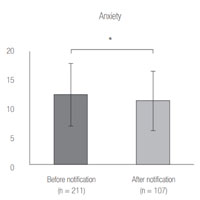
The Effects of a Delirium Notification Program on the Clinical Outcomes of the ICU
Increasing the physician's awareness of the patient's mental state by using a notification program could reduce the anxiety of ICU patients even though it may not reduce delirium. The results suggested that the method of... read more

Choosing the Right Hemodynamic Platform
Choosing the Right Hemodynamic Platform: ABG, SV to PAC – Barbara McLean, MN, RN, CCNS-BC, NP-BC Barbara McLean, MN, RN, CCNS-BC, NP-BC Critical Care Clinical Specialist Critical Care Division Grady Health System... read more

Subsyndromal Delirium and Institutionalization Among Patients With Critical Illness
Subsyndromal delirium occurred in most critically ill patients, and its duration was an independent predictor of institutionalization. Routine monitoring of all delirium symptoms may enable detection of full and subsyndromal... read more
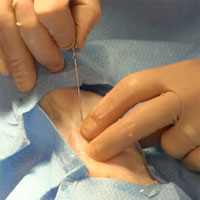
Arterial Line Placement
Approximately eight million arterial lines are placed in the United States yearly. The main indication for arterial line placement is the need for close hemodynamic monitoring. The second-to-second blood pressure variations... read more

Update of a Systematic Review of Autoresuscitation After Cardiac Arrest
Although case reports of autoresuscitation are hampered by variability in observation and monitoring techniques, autoresuscitation has now been reported in adults and children, and there appears to be a distinction in timing... read more

Near-Infrared Cerebral Oximetry to Predict Outcome After Pediatric Cardiac Surgery
Increased SD of a smoothed cerebral tissue oxygen saturation signal and increased depth and duration of desaturation below the 50% saturation threshold were associated with longer PICU and hospital stays and with longer duration... read more

Process Monitoring in the ICU
Throughout a patient's stay in the Intensive Care Unit (ICU), accurate measurement of patient mobility, as part of routine care, is helpful in understanding the harmful effects of bedrest. However, mobility is typically measured... read more
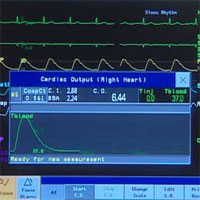
Cardiac Output Monitoring: Throw it Out… or Keep it?
In critical care units, the shelf for cardiac output (CO) monitoring devices fills up with ever more innovative systems. Are these techniques useful, or are they expensive and irrelevant gadgets? There are arguments to defend... read more
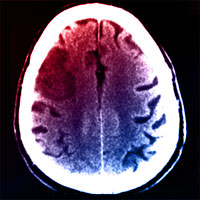
Cerebral Autoregulation in the Prediction of Delayed Cerebral Ischemia and Clinical Outcome in Poor-Grade Aneurysmal Subarachnoid Hemorrhage Patients
High initial pressure reactivity index, presumably reflecting early brain injury, but not oxygen reactivity index, was associated with delayed cerebral ischemia and worse clinical outcome in poor-grade subarachnoid hemorrhage... read more

Monitoring ICU Performance-impact of a Novel Individualised Performance Scorecard in Critical Care Medicine
Patients admitted to a critical care medicine (CCM) environment, including an intensive care unit (ICU), are susceptible to harm and significant resource utilisation. Therefore, a strategy to optimise provider performance... read more

Discharge Instructions for VTE: A Comprehensive Approach to Medication Management
Discharge instructions for VTE have typically included medication management recommendations related to the use of warfarin. In recent years, however, a growing number of alternatives to warfarin, such as direct oral anticoagulants... read more
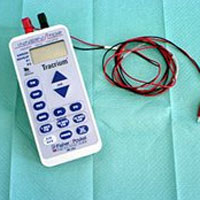
Train Of Four Monitoring
A peripheral nerve stimulator, also called the "train of four", is used to assess nerve function in patients receiving neuromuscular blocking agents (AKA paralytic medications). It is commonly seen used in critical care... read more








